Articles Menu
July 23, 2021
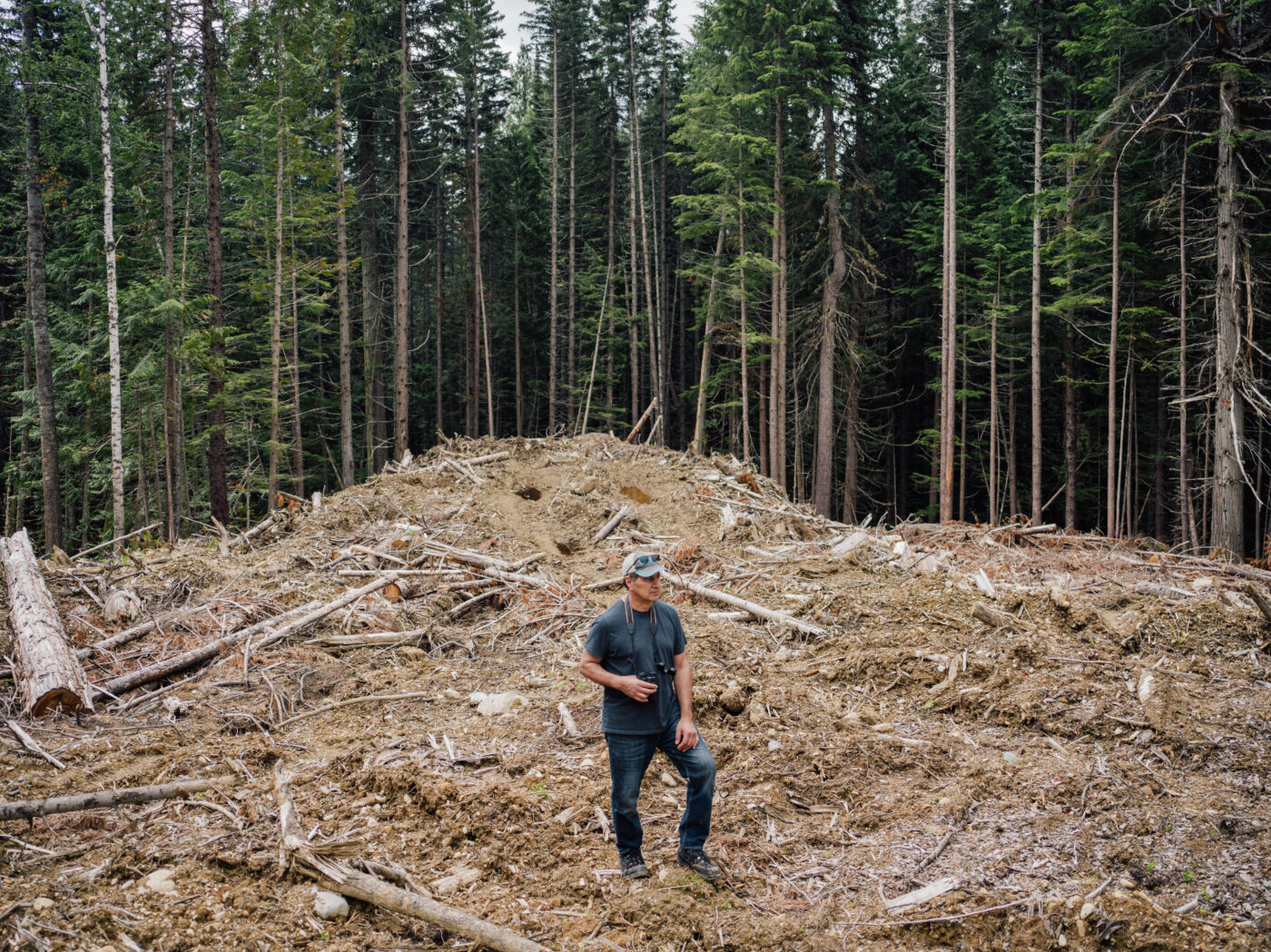
Scientist Dominick DellaSala is lead author of a new study that warns B.C.'s rare inland temperate rainforest is at imminent risk of ecological collapse.Photo: Taylor Roades / The Narwhal
Ecosystem collapse in B.C.’s rare inland temperate rainforest is imminent in nine to 18 years if logging rates continue at current levels, according to a new study by Canadian and American scientists that classifies the old-growth forest as “critically endangered.”
“Within a decade or two we could really be facing a major extinction event in the inland temperate rainforest,” Darwyn Coxson, one of the study’s nine authors, told The Narwhal.
“We usually think of things like that happening far away, in the tropical rainforest or in a coral reef — ecosystems far removed from British Columbia,” said Coxson, a professor in the ecosystem science and management program at the University of Northern B.C.
“But this is happening in the inland temperate rainforest … I hate to use the word alarming but the scientific findings are really quite unequivocal. We have 20 years of science leading to this conclusion.”
B.C.’s inland temperate rainforest — home to cedar trees more than 1,000 years old and highly endangered species such as woodland caribou — is scattered in moist valley bottoms stretching from the Cariboo Mountains to the Rocky Mountains. An inland temperate rainforest is only found in two other places in the world, in Russia’s far east and in southern Siberia.
One century ago, B.C. had 1.3 million hectares of inland temperate rainforest. But only about 60,000 hectares of the core, old forest remain, Coxson said. “We have lost most of it. In that context, it’s really disconcerting how quickly we’re still logging those remaining core habitats.”
Areas of the inland temperate rainforest slated for logging include the Raush River Valley near McBride in B.C.’s central interior, home to ancient cedar trees, moose and grizzly bear.
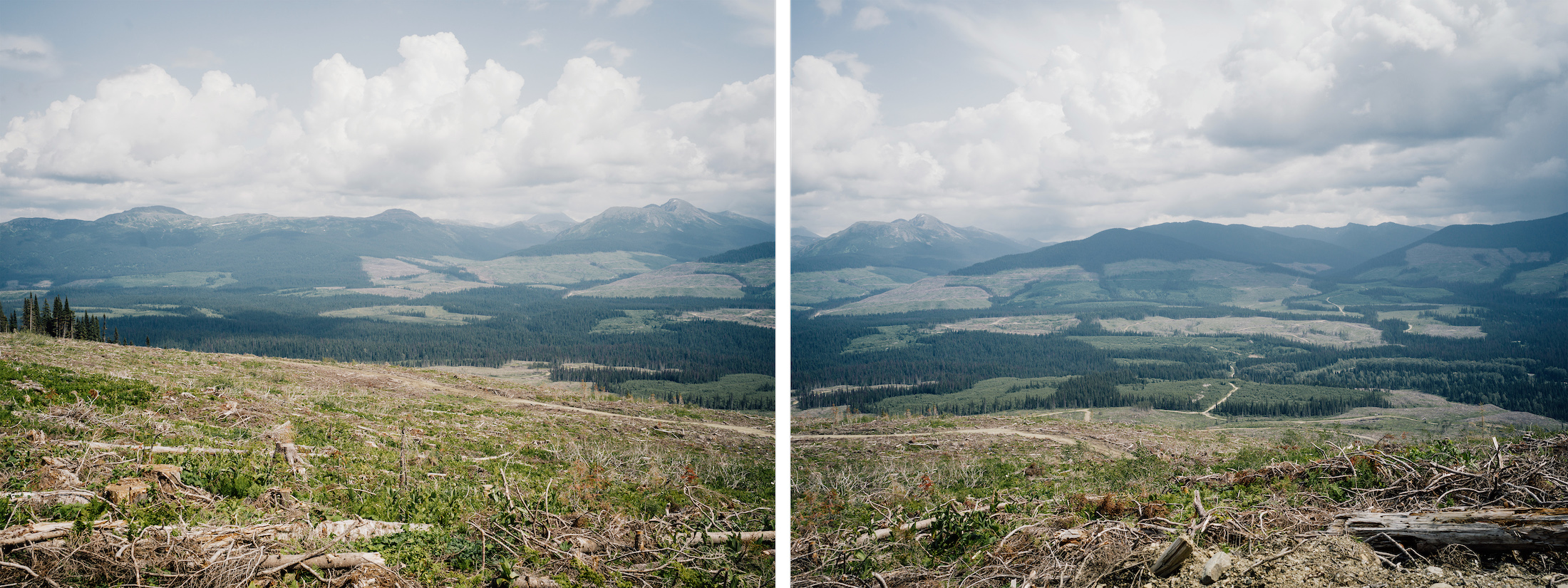
The study, to be published this month in the peer-reviewed journal Land, is part of a global project led by scientists at Griffith University in Australia to examine the state of the planet’s dwindling unlogged forests, also known as primary forests.
It comes as a trio of independent scientists who used to work for the B.C. government warn that less than three per cent of the high productivity old-growth forests — forests that contain the greatest biodiversity and are home to the most endangered species — are left in the province, which markets itself as the “Best Place on Earth.”
The governing New Democratic Party promised during last year’s provincial election campaign to implement the recommendations of an old-growth strategic review panel led by foresters Al Gorley and Garry Merkel, who concluded a paradigm shift is needed in the way B.C. manages its forests, saying old-growth must be managed primarily for ecosystem health and not for timber values.
Yet little has changed despite the recent appointment of a technical panel to help inform government decisions about future old-growth logging deferrals — Merkel and Gorley recommended that logging immediately be deferred in old-growth forests at the highest risk of biodiversity loss — and protests to protect old, irreplaceable forests are taking place around the province.
Civil disobedience continues near the Fairy Creek watershed on southwestern Vancouver Island, with more than 440 arrests since April. A blockade also went up on a forest service road near Argonaut Creek in the Kootenays where, following a public outcry, the B.C. government deferred planned logging of an old-growth inland temperate rainforest in critical habitat for the endangered Columbia North caribou herd.
“Canada is losing an important part of its natural inheritance,” said study lead author Dominick DellaSala, chief scientist for the California-based organization Wild Heritage, which aims to protect and restore ecosystem integrity and safeguard biocultural diversity around the world.
“We’re talking about trees that can live for over 1,600 years, the antique cedars. There’s just so few of them left.”
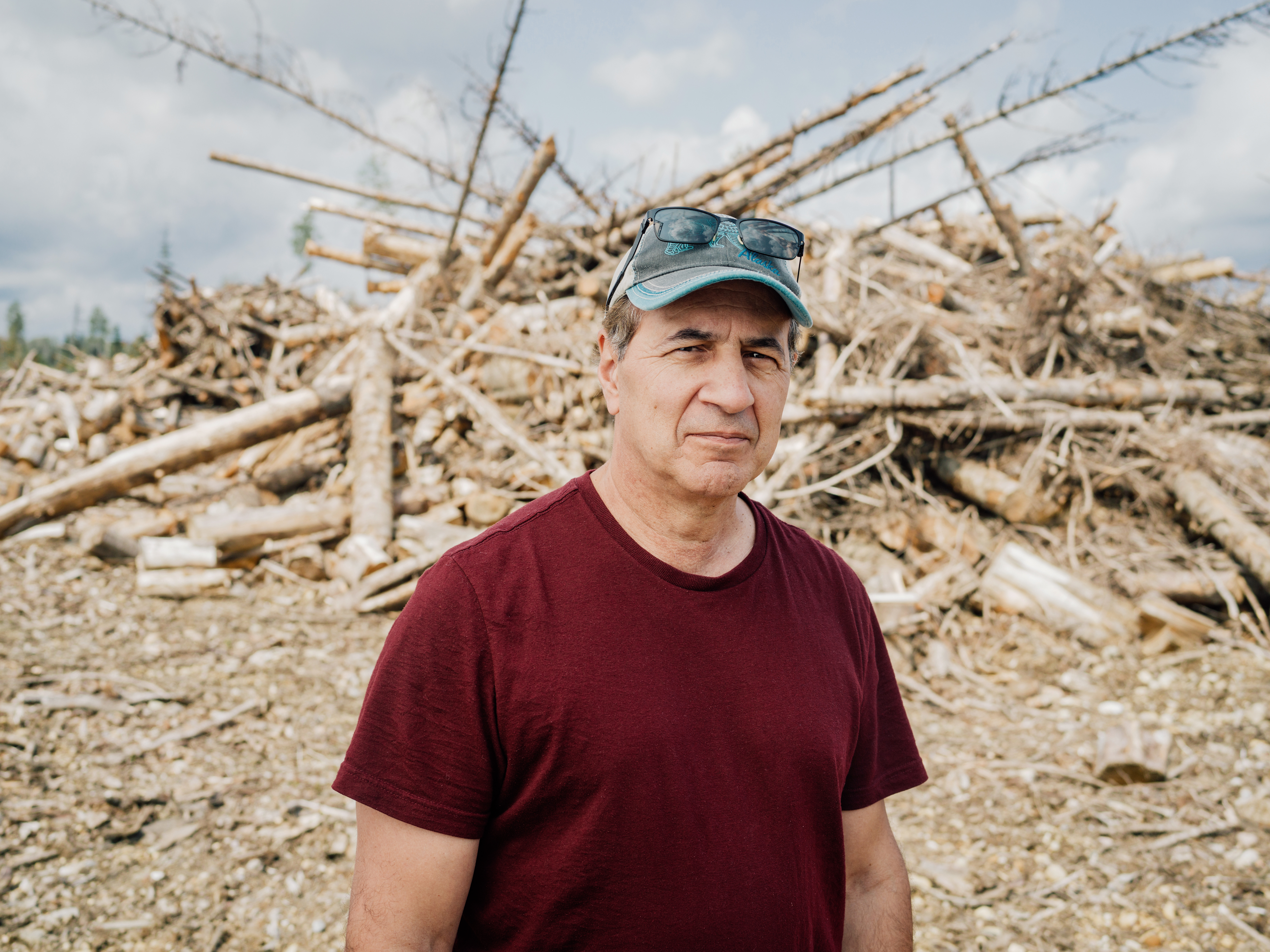
DellaSala and his colleagues used remote sensing imagery, government databases and published information about different species to assess primary forest conditions across B.C.’s 16.4 million hectare interior wet belt bioregion, which stretches along the western flanks of the Canadian Rocky and Columbia mountains.
The bioregion includes the inland temperate rainforest, which is thought to have the highest concentration of rainforest lichens in the world and is home to the full suite of carnivores, such as grizzly bear and wolverine, that have roamed through the old-growth valley bottoms since the end of the last ice age.
The scientists used globally recognized criteria for ranking the status of ecosystems, finding that B.C.’s inland temperate rainforest is among the most imperilled in the world.
“That is a distinction that I think any nation would not want to have,” DellaSala said. “Nobody benefits when an ecosystem collapses.”
“Nobody benefits when an ecosystem collapses.”Dominick DellaSalachief scientist, Wild Heritage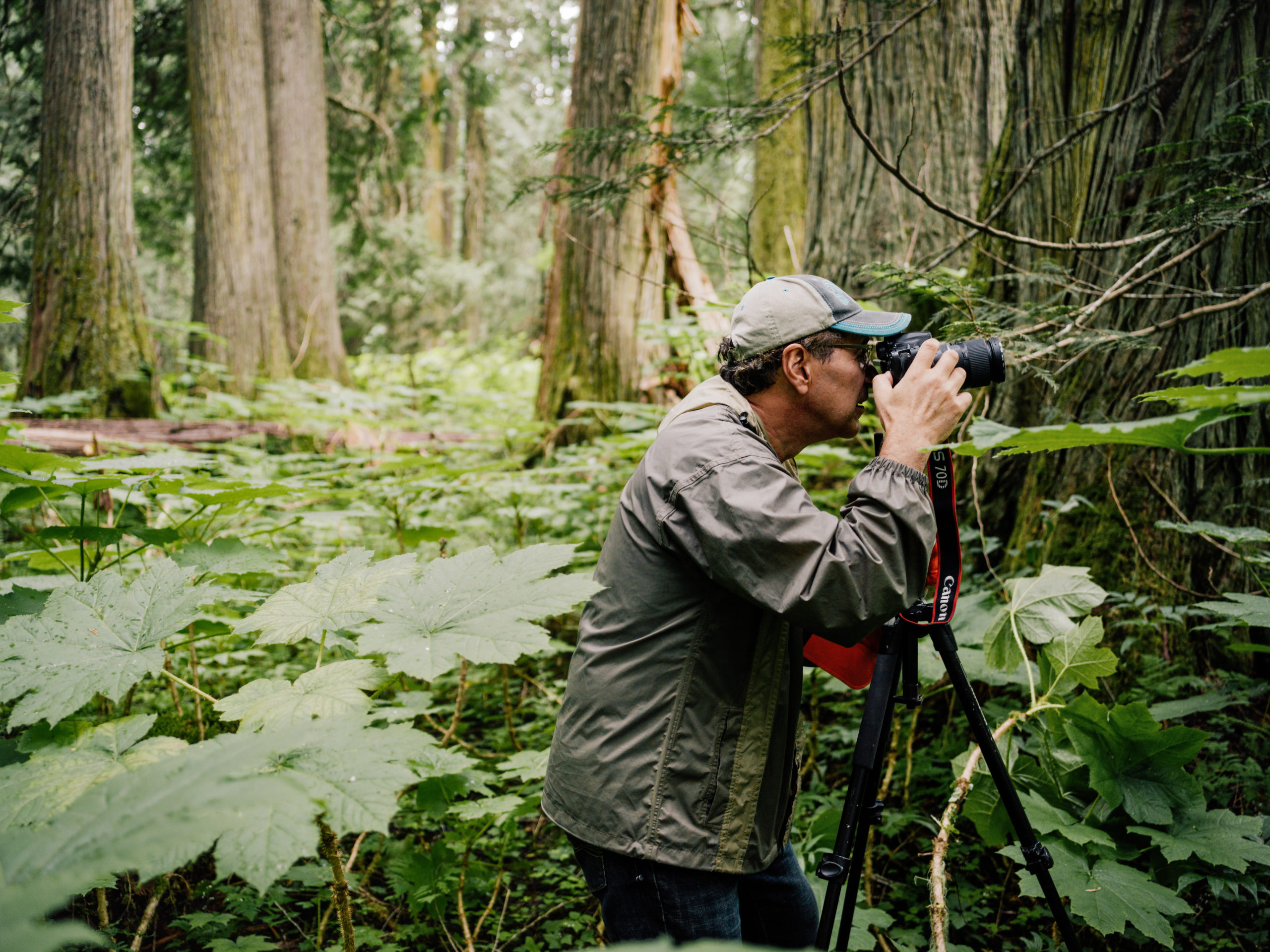
Authors of the study classified the interior wet belt region as endangered, finding that the rate of logging has almost doubled over the past 50 years and is increasing as forestry companies push into upper elevation spruce forests and the biomass pellet manufacturing sector expands.
Study co-author Michelle Connolly, director of the Prince George-based group Conservation North, said the B.C. government has endorsed more primary forest logging in the endangered interior wet belt for saw logs and bioenergy, while promoting these products as clean, green and renewable.
“They’ve just gotten more clever packaging what they are doing as low carbon and green and being good for the climate,” she said.
Connolly pointed to a 2015 report from B.C.’s auditor general, which said the provincial government needed to manage the cumulative impacts of development on lands like the interior wet belt. But the government didn’t follow through on the auditor general’s recommendations for improvements, Connolly noted in an interview.
“For this ecosystem, we’ve basically done the government’s job for them. What we’ve found is that if degradation — primarily road-building and [logging] cut blocks — keeps going, collapse is imminent.”
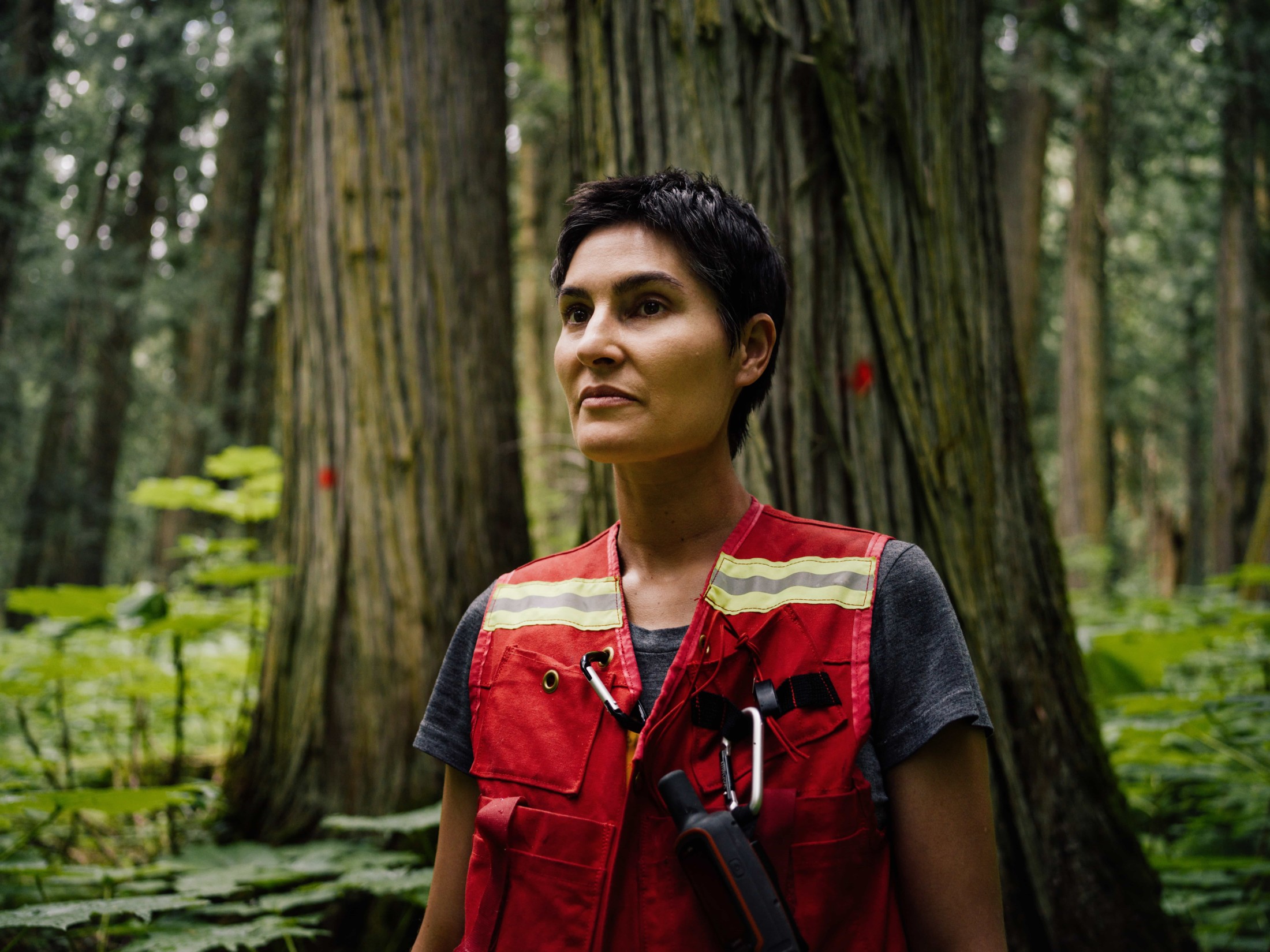

Ecological collapse would come in the form of rapid biodiversity loss in a rainforest that has taken 8,000 years to develop the properties and characteristics we see today, Connolly said, including carbon storage, natural beauty, water filtration and habitat for an abundance and diversity of species.
“When we degrade these habitats, when we punch roads into these areas, when we stake cut blocks in these areas, we basically reduce the quality of these places for those species and sometimes we outright kill them.”
Coxson said certain plants, animals and fish have adapted to depend on old-growth forests, and many are highly sensitive to exposure to new forests or to logged areas. As core old-growth is lost, he said species dependent on old forests will become critically endangered.
“They’ll just start to disappear one by one, and the ecosystem as we know it will be greatly impoverished in the future. And some will be visible. Many of the mountain caribou herds are disappearing very quickly. Other organisms like the cryptic paw lichen that I study — maybe nobody but my lichen colleagues and I will recognize it, but that’s still a critical loss.”
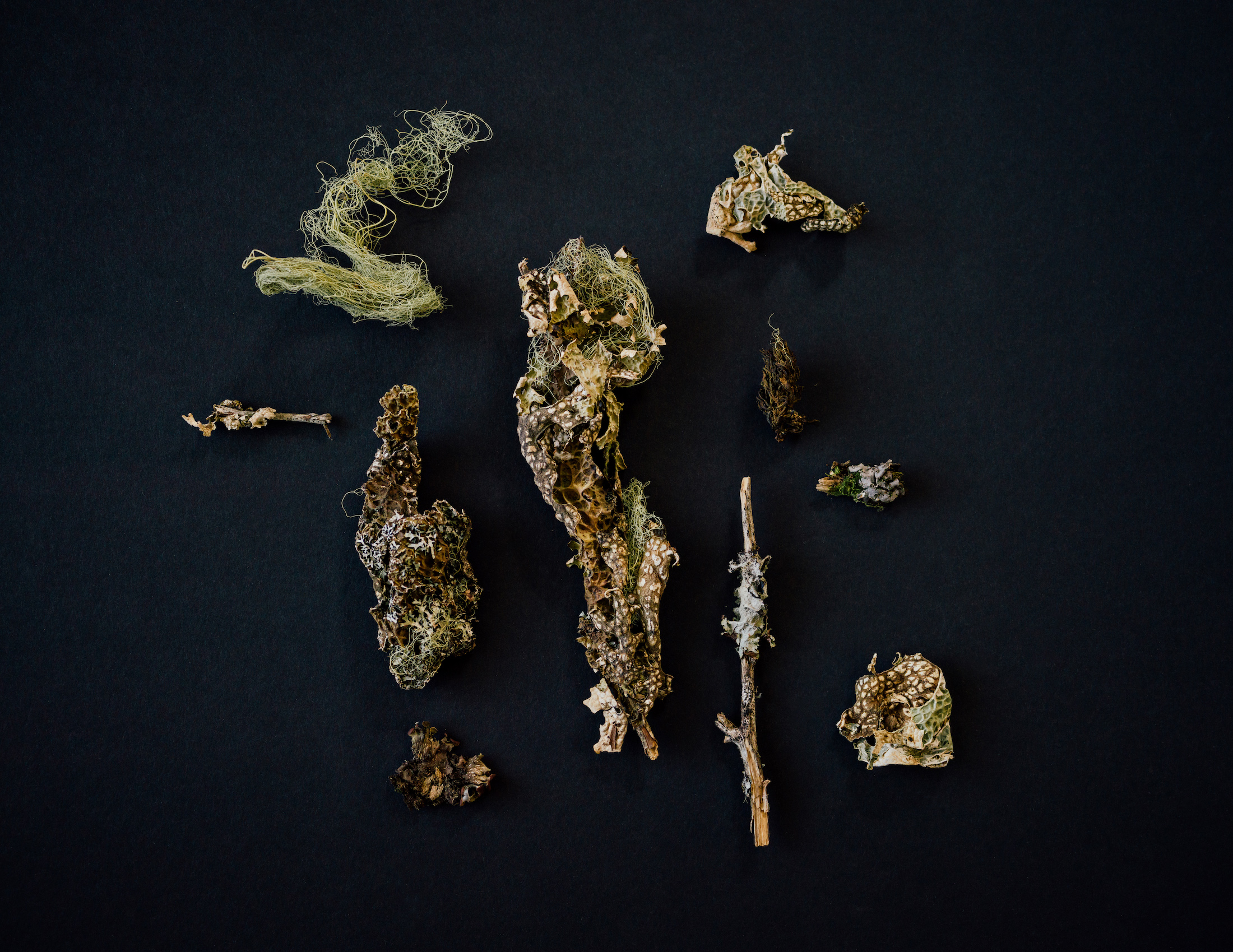
Scientists around the world are urging governments to act swiftly to address the accelerating global biodiversity and climate emergencies. “We need B.C. to do its part while there is still time to save this unique bioregion,” DellaSala said.
DellaSala’s interest in B.C.’s inland temperate rainforest was piqued after the Great Bear Rainforest Agreement was signed in 2016, protecting a large swath of old-growth on B.C.’s mid-coast.
The rest of the province’s unprotected old-growth forests, including the much rarer inland temperate rainforest, subsequently became a logging “sacrifice zone,” said DellaSala, the author of a book about rainforests and more than 200 science papers on forest and fire ecology, conservation biology, endangered species management and landscape ecology.
“They were getting hammered.”
In an emailed statement, the B.C. Ministry of Forests, Lands, Natural Resource Operations and Rural Development, said it cannot comment on a study that has not yet been published.
The ministry said it takes its commitment to science-based decision making for forestry management seriously, pointing to what it called a “partnership” with the new technical panel “to ensure we’re using the best science and data available to identify at-risk old growth ecosystems and prioritize additional areas for deferral.”
The ministry said it will have more to share in the near future.